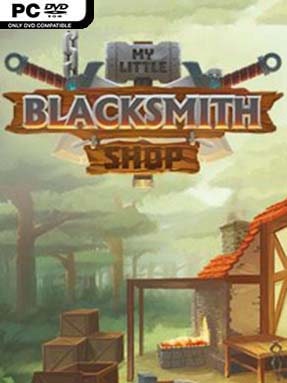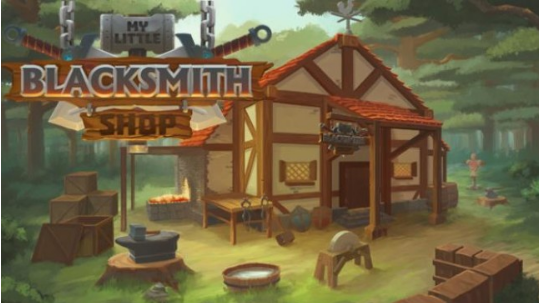
There is not a left and right half except if and when punching the hole, as later explained. A simple guide is to use a rivet at least as thick as the boss on the tong blank.īoth tong halves are made exactly the same. Rivet size is not critical except that generally the bigger the tongs the bigger the rivet. Keep in mind that the shorter the shank the greater the holding power, but at the expense of versatility. An approximation for determining how long a piece of bar stock is needed is to simply use 1/2 the length of the desired finished product. The boss does not change in thickness or width during the process of making the tong. The key factor in determining the size of stock to use for a particular pair of tongs is to determine a suitable size for the boss. Larger tongs can be made using larger bar stock with the same approximate dimensional relationships such as 5/16” by 1”, 3/8” by 1”, 1/2” by 1 1/4” etc. Once familiar with the steps in this process, the size of the tongs can be altered depending on the dimensional characteristics you desire in the tong.

The shank on these tongs is marked at 1 1/2” and will stretch with drawing out to approximately 3”. 1” in length (marked at 3/4” on blank bar before forging) and a boss length of 7/8” to 1” is typical Since the reins and the shank (space between the boss and bit) will be drawn out, their final length will be approximately 2 times as long as the original marked distance. The same 1/4” by 3/4” bar can be used to make tongs that will hold from 1/4” up to 1/2” material, although these tongs are a little lightweight to be holding 1/2” iron. This size is suitable for tongs designed to hold 3/8” material. The dimensions given in this article are for tongs made from bar stock 1/4” by 3/4” by 11”. With this style of tongs, which hold both round and square stock in a very satisfactory manner, it is often not necessary to own tongs which only hold round bar stock. Remember that the stronger the steel, the lighter can be the tongs and vice versa. A36 is slightly stronger than 1018/1020 (the typical cold rolled) which will also work for tongs. A36 is also inexpensive and easy to work. An advantage of mild steel is that if at a red heat and then cooled in the quench tank, they are not as susceptible to cracking as they might if made of a higher carbon steel. More experienced tong makers sometimes like to use a medium carbon steel such as 1045, 4140, 8640 for a stronger tong. conceptualizing the final product, marking the stock, isolating the different parts, drawing out the shank and reins, upsetting the bit, slitting the bit, bending the shank, punching the rivet hole, riveting, and putting on a finish, if desired.Ī good tong steel, particularly for beginning tong makers, is the common mild steel called A36 that typically has a maximum of. To make these tongs several blacksmith processes are used: i.e. They can also be made using a power hammer as did Toby Hickman. These instructions differ from that video primarily in that these are designed to be made using a hand hammer. That video is available for rent from ABANA. These tongs are similar to a pair of versatile tongs made by Toby Hickman as he was video taped when at Joe Pehoski’s Shop in 1991.
How to make a shield in my little blacksmith shop how to#
How To Make: Lightweight, old style, hollow bit tongs for holding 3/8” square or round 9, #3 under title of “Bow Tongs for Small Stock” and with line drawings by Editor Brian Gilbert instead of these photo’s.

The Double Axe Head is used with a Two Hand Grip to make a Two Hand Axe, while the Pick Axe Head is used with a Two Hand Grip to make a Pickaxe.Published in ABANA’S “Hammer’s Blow” magazine Summer 2001 Vol. The two variants of large axe are each used to make a different Weapons, which is different from most weapon heads. They can be crafted by heating three of the same metal ingots on the Forge using the bellows, placing the ingots on the Anvil, selecting Axes from the Radial Menu, and hammering the ingots. Large axes are used to form the Two Hand Axe and Pickaxe, which can be sold in the Blacksmith's Shop or wielded by the player.

Any of these can be combined with a One Hand Grip to create a One Hand Axe. They can be crafted by heating two of the same metal ingots on the Forge using the bellows, placing the ingots on the Anvil, selecting from the Radial Menu, and hammering the ingots. Regular axes are used to form the One Hand Axe, which can be sold in the Blacksmith's Shop or wielded by the player. There are currently no axes which can be made with only one ingot. There are two groups of Axes, each requiring a different number of ingots to form, and each creating different weapons. Axes are a type of weapon head in My Little Blacksmith Shop.


 0 kommentar(er)
0 kommentar(er)
